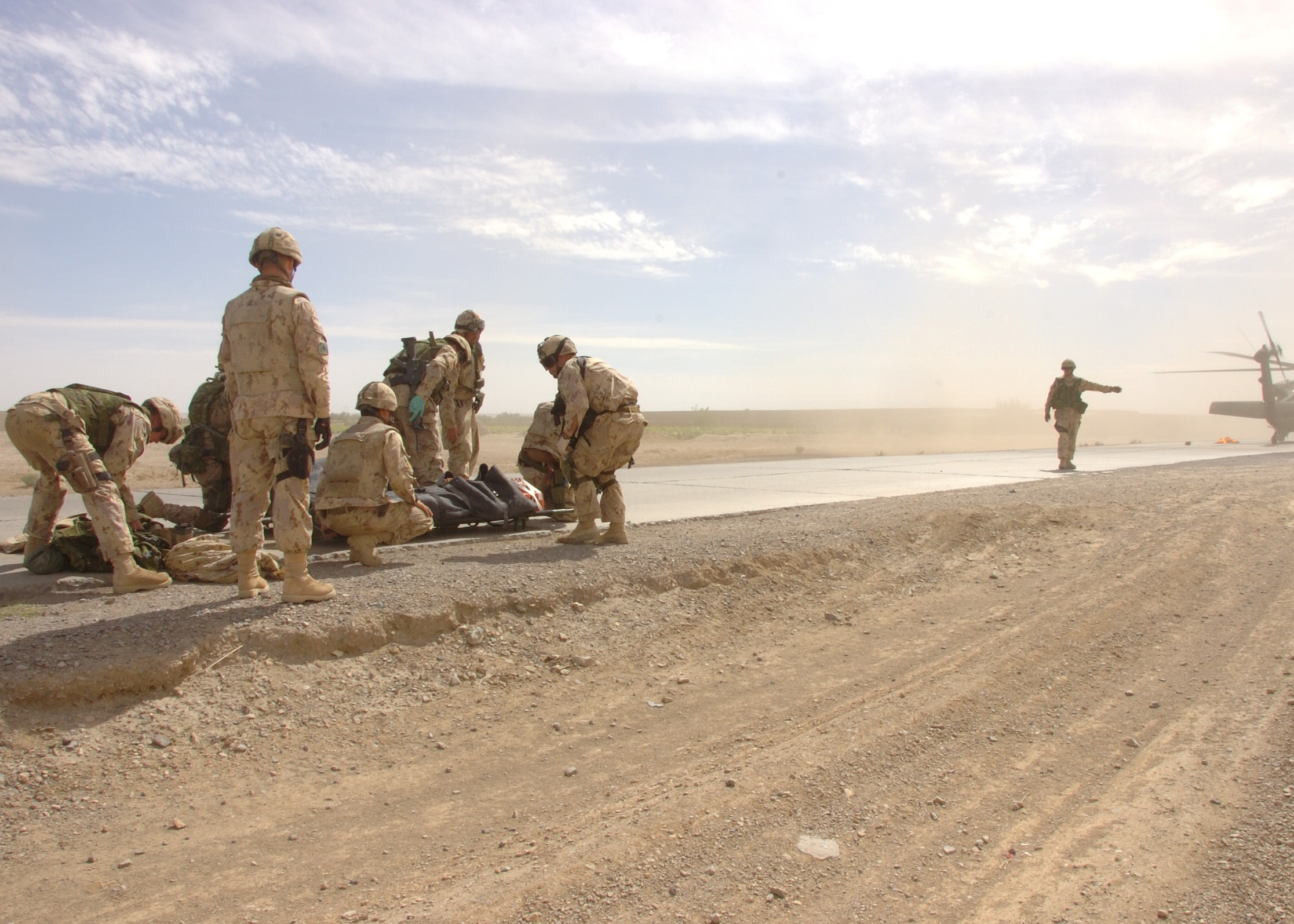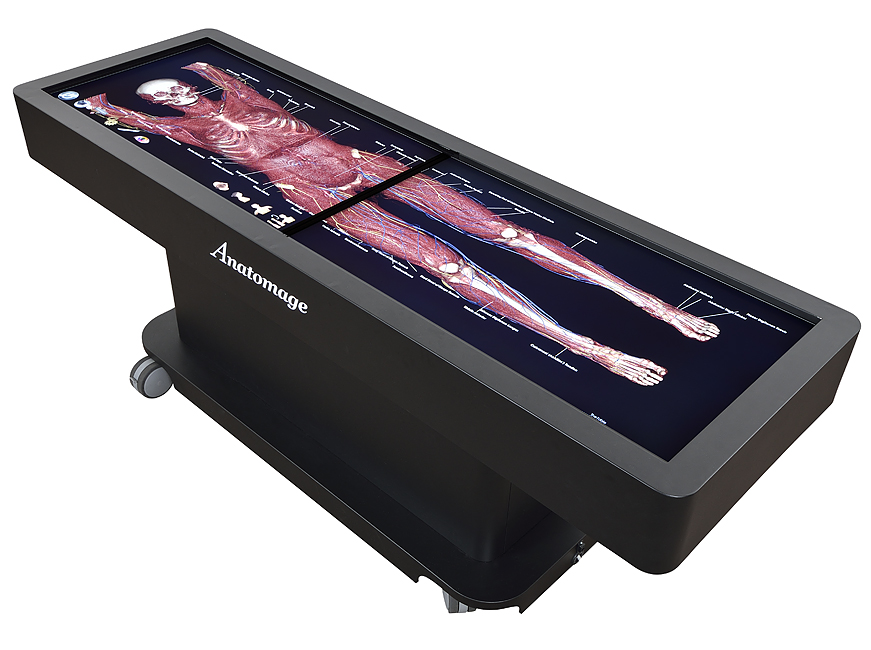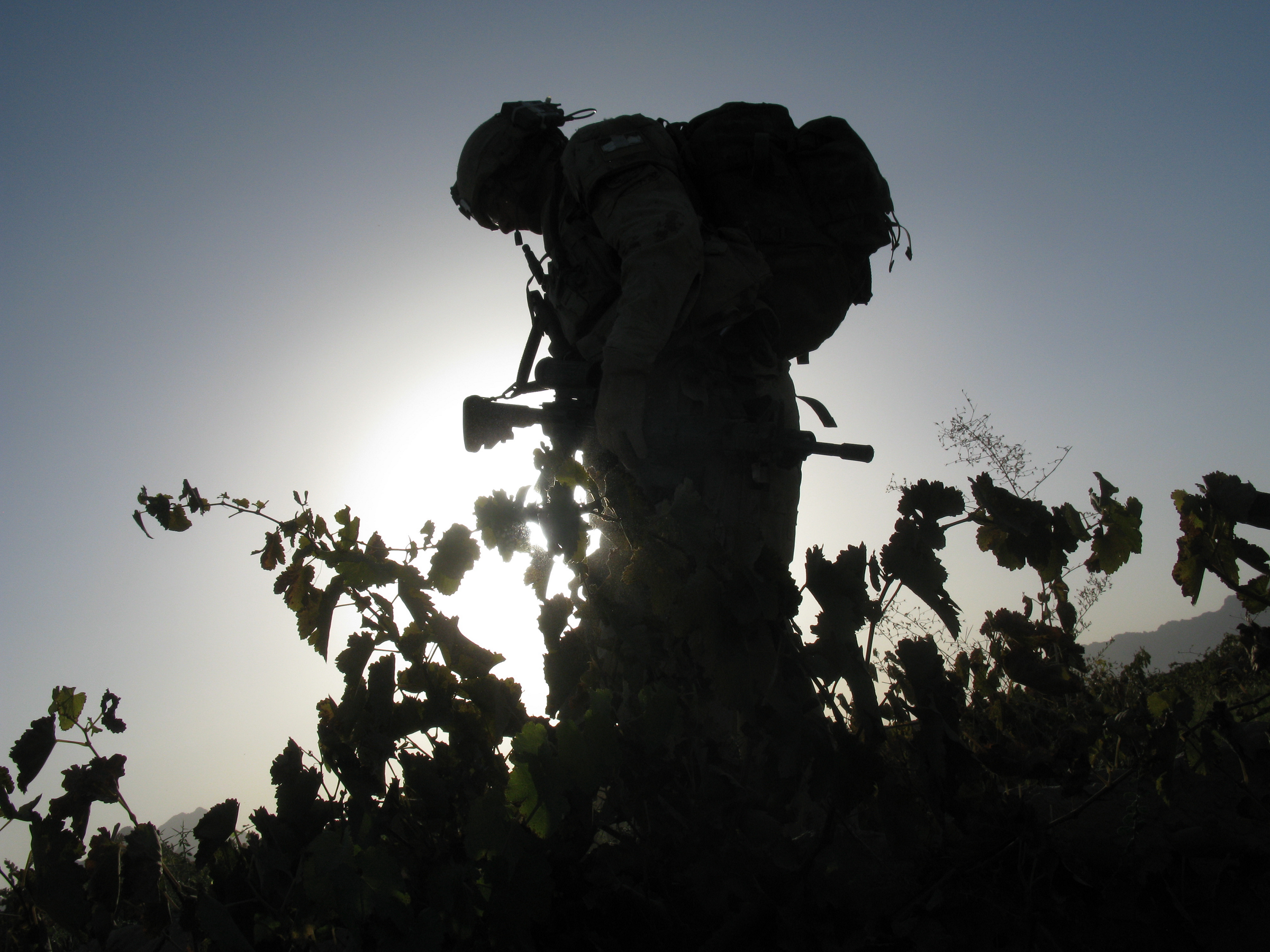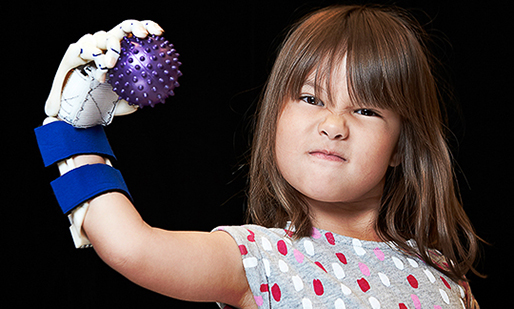US military negotiating with University of Nevada surgeons to 3D print the bones and limbs of injured soldiers.
According to recent reports, the US military is negotiating with surgeons at the University of Nevada to 3D print the bones and limbs of injured soldiers.
University of Nevada professor Dr. James Mah surprised digital health followers recently when he revealed that the US military may help injured soldiers regain their lost or injured limbs through 3D printing.
Dr. Mah made the intriguing disclosure during his presentation at the American Association for the Advancement of Sciences conference in San Jose on February 15.
Dr. Mah explained that “virtual” copies of US soldiers could be made prior to combat missions so that in the event of a tragic incident, the data from these copies could be used to create new limbs and bones.
 Canadian soldiers evacuate injured personnel after their Light Armoured Vehicle turret was struck by on coming vehicle, outside of Kandahar City in Afghanistan. The incident wounded two Canadian soldiers. Photo: Corporal Robin Mugridge, Canadian Forces Combat Camera
Canadian soldiers evacuate injured personnel after their Light Armoured Vehicle turret was struck by on coming vehicle, outside of Kandahar City in Afghanistan. The incident wounded two Canadian soldiers. Photo: Corporal Robin Mugridge, Canadian Forces Combat Camera
Copies would be created via standard digital imaging
“These copies would be created via x-rays, MRIs, and ultrasounds and encompass a soldier’s entire body in 3-dimensions,” wrote Eddie Krassenstein at 3D.com.
Krassenstein went on to say that experts are “already using virtual operating tables, which are manufactured by a company called Anatomage. These tables are basically virtual cadavers, which students and medical personnel can use to practice dissecting the human body with. Currently these machines are being used to allow students as well as professionals to dissect the human body without the need for a real human body.”

Dr. Mah told the conference that when combined with 3D printing, this “virtual cadaver” technology could be used to create virtual replicas of every US soldier heading into combat.
“The idea is to image someone when they are in a healthy state so that the data is available if it’s needed at a later point,” Dr. Mah told delegates. “We have soldiers who get injured. They lose limbs and other tissues and it’s a challenge to reconstruct them in the field. But if they are imaged beforehand, you can send that over the internet and have a 3D printer in the field to produce the bone.”
In its précis of the presentation by Dr. Mah and two other physicians, conference organizers positioned the issue of 3D tissue regeneration as having “revolutionized how clinicians approach both disease and the restoration of lost tissue in the human craniofacial complex."
“From teeth to bones to ears, 3D imaging technology now allows precise observation of the intricate structures within the human head and has generated new methods for the restoration of tissue. Innovation in 3D imaging is particularly critical to improving diagnosis and treatment planning to insure optimal functional outcomes."
"While a bionic head may be beyond our grasp, cutting-edge visualization allows for the computer-assisted manufacturer of customized tissue substitutes and replacements, some with function that is nearly identical to the lost tissue.”
Casualties of war

As the sun begins to set, a Combat Engineer attached to Oscar Company, 1st Battalion, The Royal Canadian Regiment Battle Group, patrols through a grape field in the Panjwa’i district of Kandahar province. Photo: Captain Krzysztof Stachura, Canadian Forces Combat Camera
It is estimated that approximately 2,000 Canadian and 63,000 American soldiers have been physically wounded since the war of terror began in 2001. This does not include those with mental, emotional or psychological injuries requiring a very different type of therapy.
According to statistics from the British newspaper, The Guardian, more than 900 US troops were seriously burned as a result of roadside bombs in Iraq or Afghanistan since 2001. The newspaper said that by scanning soldiers before they become injured, surgeons could start work rebuilding their tissue as soon as they reach hospital.
“A variety of injuries can happen on the battlefield and repair is unfortunately a long process. The sooner you can get the replacement parts together the better,” Craig Gerrand, an orthopaedic surgeon consultant at the Newcastle upon Tyne Hospitals NHS foundation trust, told the newspaper.
Last August, the hospital used 3D printing to make half of a titanium pelvis for a British man who had lost much of his own pelvis to cancer.
Not convinced? Ask four-year-old Hailey
And in case you might be thinking this sort of thing is only the stuff of science fiction, ask four-year-old Hailey Dawson. She can now play baseball thanks to her 3D printed “special hand”, which University of Nevada engineers built using 3D technology.

The girl suffers from Poland Syndrome and was born without a right pectoral muscle that affected the growth of her right hand.
Log in or register for FREE for full access to ALL site features
As a member of the nuviun community, you can benefit from:
- 24/7 unlimited access to the content library
- Full access to the company and people directories
- Unlimited discussion and commenting privileges
- Your own searchable professional profile


.jpg)


.jpg)


.jpg)